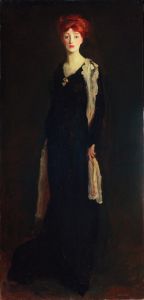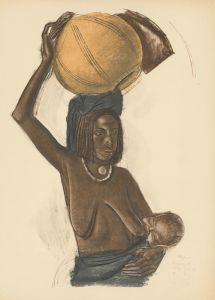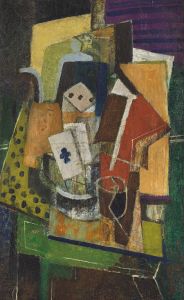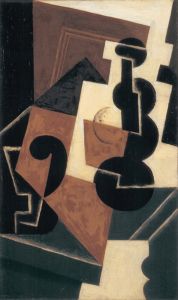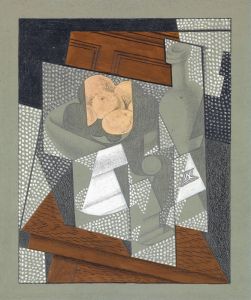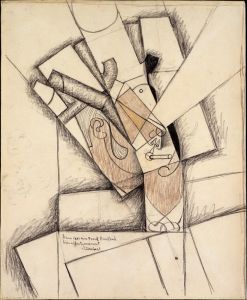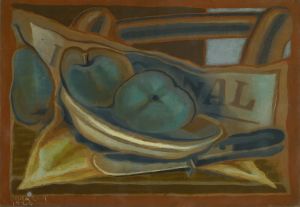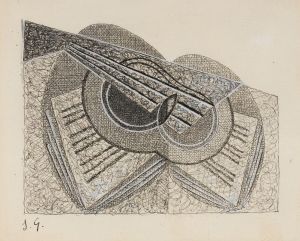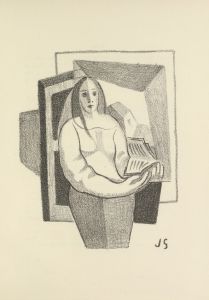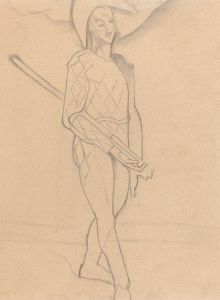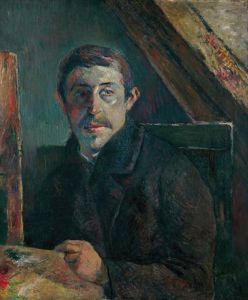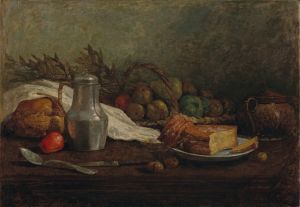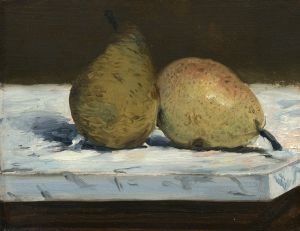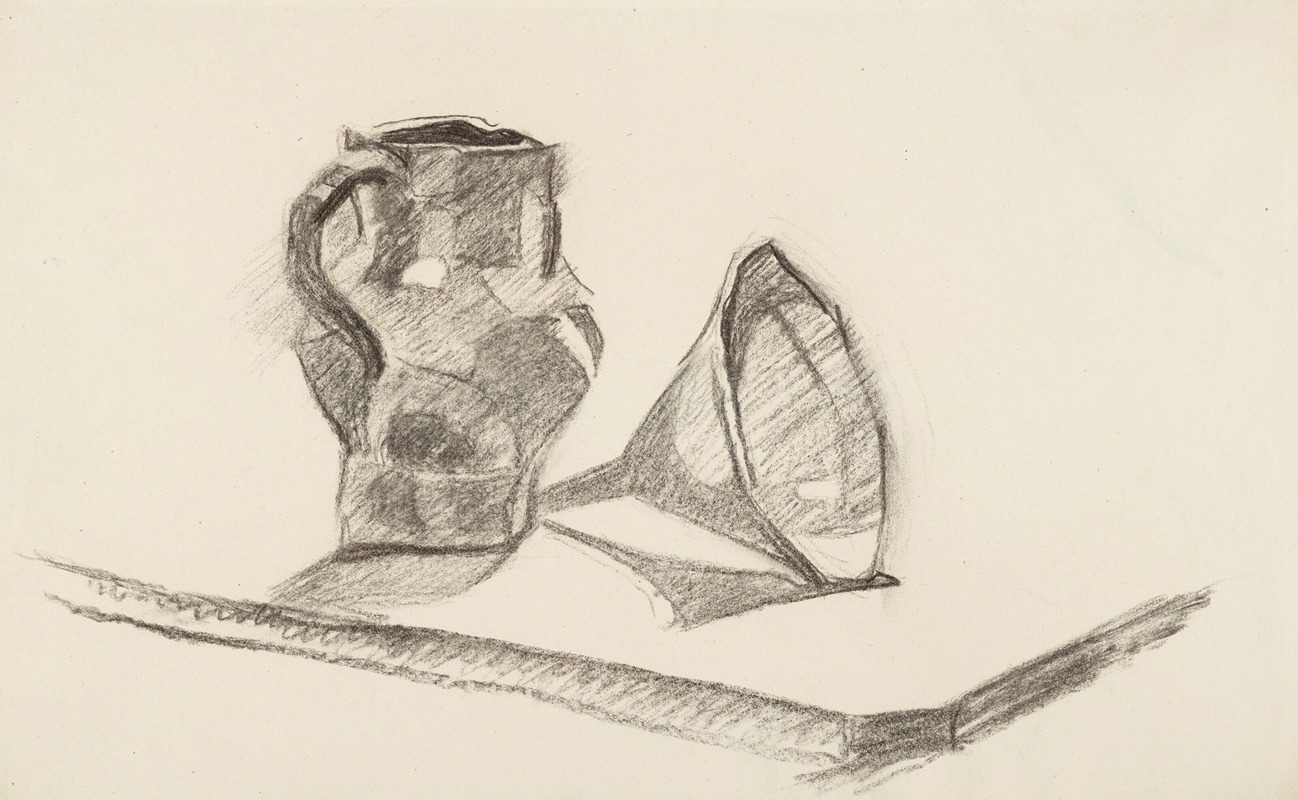
Nature morte à la cruche et entonnoir
A hand-painted replica of Juan Gris’s masterpiece Nature morte à la cruche et entonnoir, meticulously crafted by professional artists to capture the true essence of the original. Each piece is created with museum-quality canvas and rare mineral pigments, carefully painted by experienced artists with delicate brushstrokes and rich, layered colors to perfectly recreate the texture of the original artwork. Unlike machine-printed reproductions, this hand-painted version brings the painting to life, infused with the artist’s emotions and skill in every stroke. Whether for personal collection or home decoration, it instantly elevates the artistic atmosphere of any space.
"Nature morte à la cruche et entonnoir" (Still Life with Jug and Funnel) is a painting by the Spanish artist Juan Gris, a prominent figure in the Cubist movement. Gris, born José Victoriano González-Pérez in Madrid in 1887, moved to Paris in 1906, where he became closely associated with the avant-garde art scene, including figures like Pablo Picasso and Georges Braque.
Created in 1917, "Nature morte à la cruche et entonnoir" exemplifies Gris's mature Cubist style, which is characterized by a more structured and refined approach compared to the early, more fragmented works of Cubism. Gris's work often features a harmonious balance of color, form, and composition, reflecting his interest in creating a sense of order and clarity within the Cubist framework.
The painting depicts a still life arrangement, a common subject in Gris's oeuvre. The composition includes a jug and a funnel, along with other objects that are typical of still life paintings. Gris's use of geometric shapes and his meticulous attention to the interplay of light and shadow create a sense of depth and dimensionality, despite the flatness of the picture plane. The objects are rendered in a way that they appear both recognizable and abstract, a hallmark of Cubist art.
Gris's color palette in this painting is notable for its subtlety and sophistication. He often employed a range of muted tones, which he carefully balanced to enhance the overall harmony of the composition. The use of color in "Nature morte à la cruche et entonnoir" not only defines the forms but also contributes to the painting's sense of rhythm and movement.
Throughout his career, Juan Gris remained committed to the principles of Cubism, even as the movement evolved and other artists moved on to different styles. His work is distinguished by its intellectual rigor and its aesthetic refinement, qualities that are evident in "Nature morte à la cruche et entonnoir." Gris's contributions to Cubism were significant, and his paintings continue to be celebrated for their innovation and beauty.
"Nature morte à la cruche et entonnoir" is housed in the Museo Nacional Centro de Arte Reina Sofía in Madrid, which holds an extensive collection of modern and contemporary art. The painting is an important example of Gris's work and provides insight into the development of Cubist art in the early 20th century.
In summary, "Nature morte à la cruche et entonnoir" by Juan Gris is a quintessential Cubist still life that showcases the artist's skillful use of geometric forms, color, and composition. Created in 1917, it reflects Gris's mature style and his dedication to the Cubist movement, making it a significant piece in the history of modern art.





